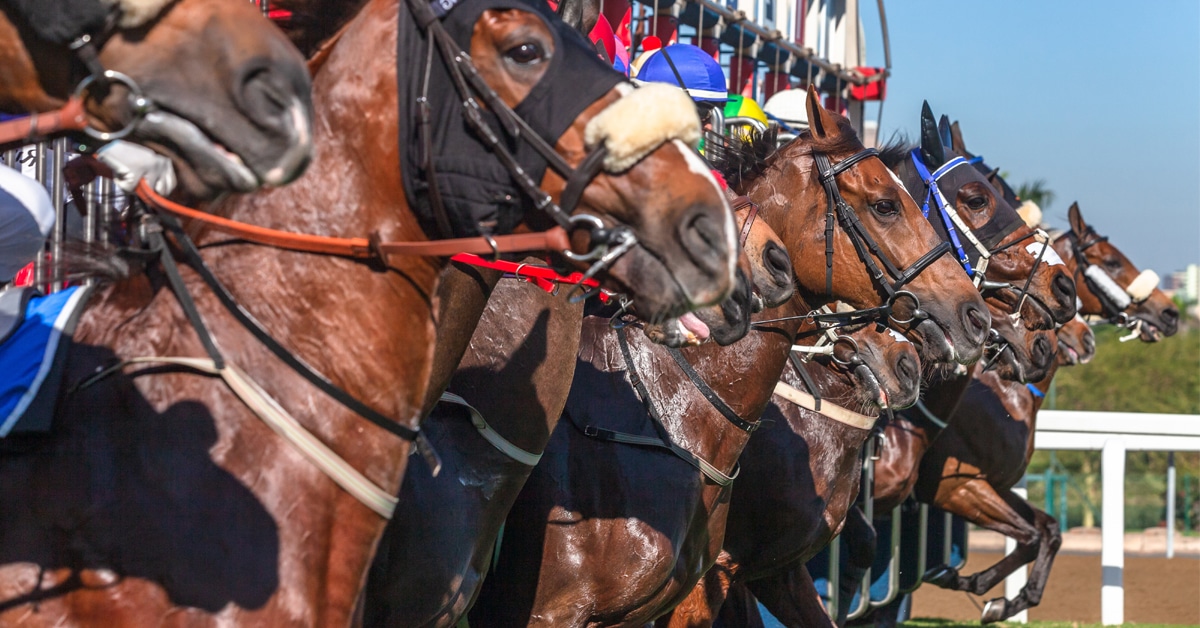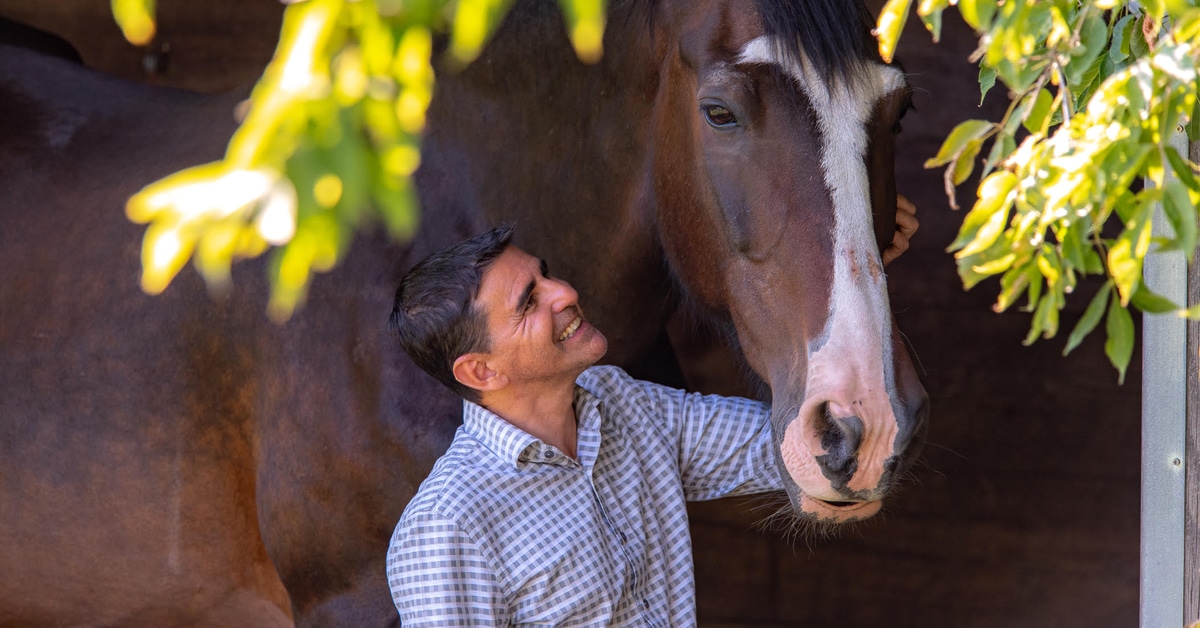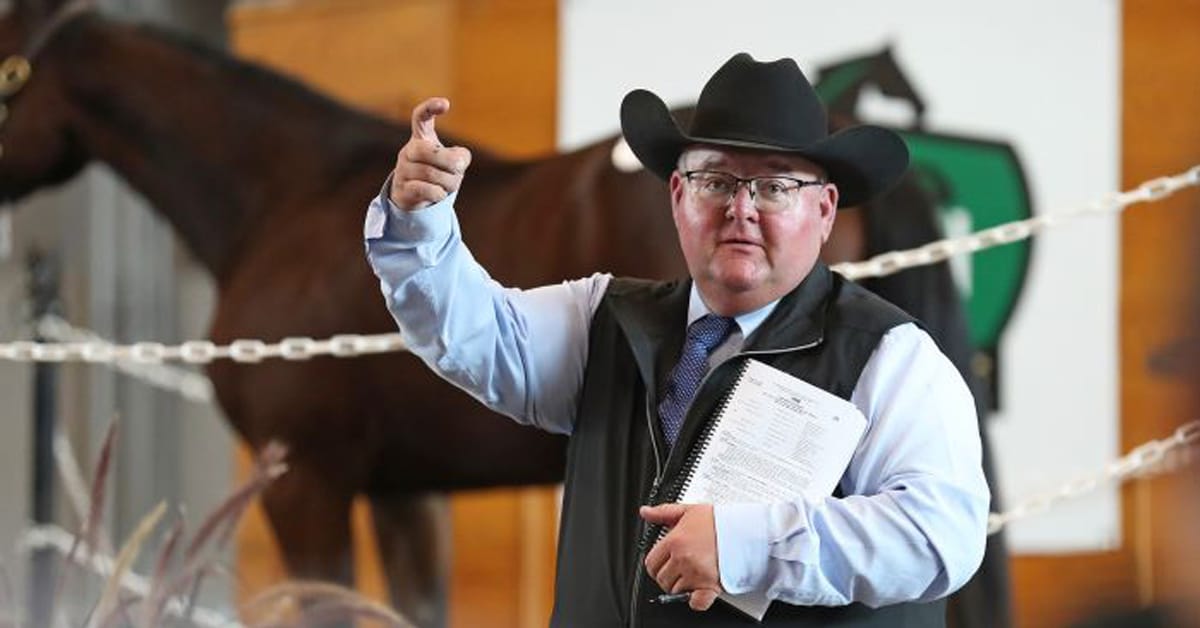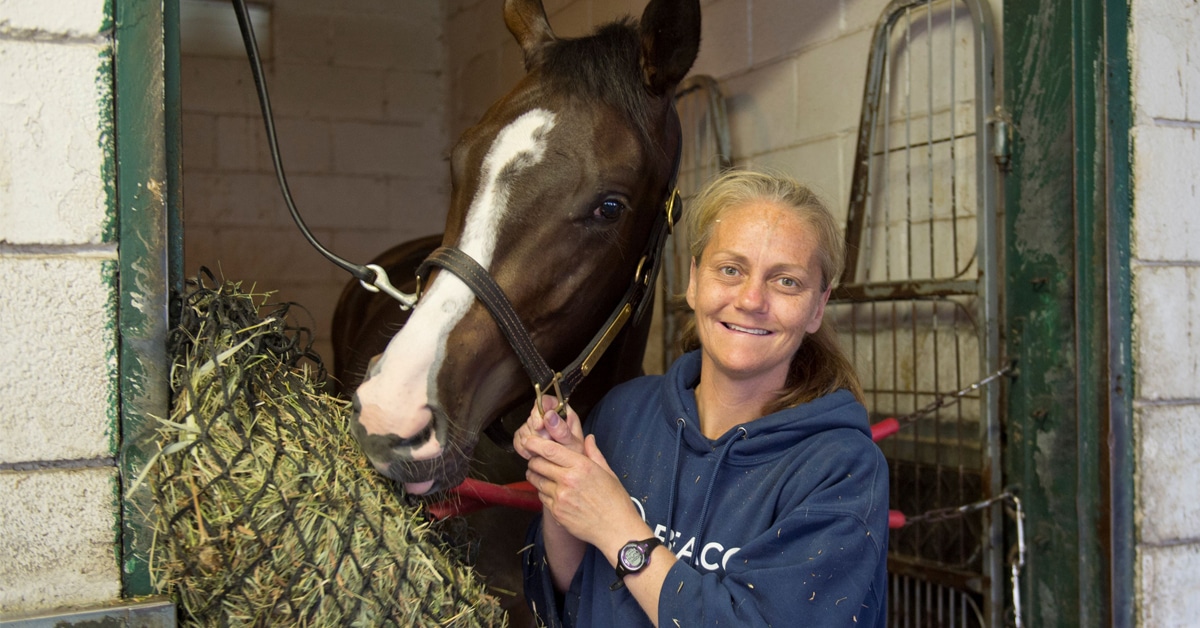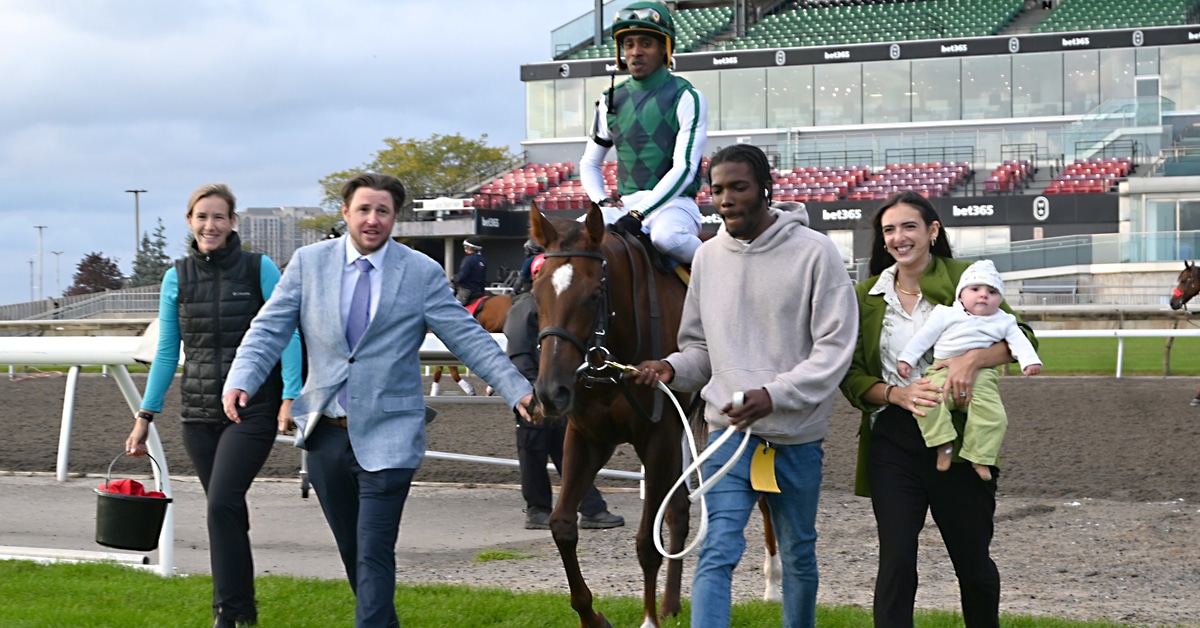It was a sports comeback story that was big enough for the silver screen. Dream Alliance was a rag-tag steeplechase horse bred and raced by a group of Welsh villagers who came from nowhere to be a success. However, it was his remarkable comeback from a very serious tendon injury that furnished the Hollywood ending to the 2016 award-winning documentary Dark Horse. Following a relatively new procedure that injects stem cells into the injury to rejuvenate tissue, Dream Alliance came back from an injury that could have ended his career, even his life, to win the four-mile Welsh Grand National in 2009.
Almost a decade later, research on stem cell therapy for the treatment of soft tissue injuries in racehorses has made up a lot of ground. Studies worldwide have moved the procedure from a purely experimental phase, like the one undergone by Dream Alliance, closer to a proven treatment that can repair tendon and ligament injuries in knees and stifles, allowing a horse to return to competition.
Dream Alliance’s stem cell therapy treatment was performed by Royal Veterinary College’s (RVC) professor Roger Smith in England. The horse had been referred to him by Dr. Philip Brown at the Liverpool Veterinary School in 2008 after Dream Alliance arrived with a sliced tendon incurred in a handicap race at Aintree.
Professor Smith, who originally developed innovative stem cell therapy for equine tendon injuries at the RVC, performed keyhole surgery on his tendon and implanted the stem cells extracted from the horse’s own bone marrow in his sternum. Eighteen months later, Dream Alliance was at the top of his class again.
EXPERTs at Guelph
In Ontario, Dr. Thomas Koch and his team of clinicians at Equine Guelph have been studying and applying his stem cell research from over a decade ago with success. He credits Equine Guelph’s early funding and interest for helping raise awareness of his research and bringing it to the forefront of the industry. In 2013, his research was grated $750,000, provided by the Canadian Foundation of Innovation – Leaders Opportunity Fund that has gone into building a new regenerative research laboratory at the Ontario Veterinary College.
The 1,200 foot lab is one of only four of its kind in Ontario and features a four-chamber bioreactor allowing for better testing and screening. According to Equine Guelph, “It will also be able to mature cartilage by asserting the same kind of pressures new cartilage needs to withstand inside the horse. The goal is to create a cartilage that will stand up to the pressures of wear and tear by undergoing these initial treatments in the bioreactor.
This summer, Koch’s clinician team led by Dr. Judith Koenig, will be seeking to recruit 10 in-training racehorses from Woodbine Racetrack with tendon injuries for a three-ply stem cell treatment procedure that includes consistent follow-up that ideally will continue through the time the horse can return to racing.
Stem cells are essentially immature cells in the body that can form into a particular type of cell. Stem cells can be extracted from embryos, bone marrow or adipose (fat) tissue. The harvesting of embryonic stem cells, the first used in early research, met with controversy as the embryos are destroyed in the extraction process. Thus, research today focuses on two types of adult stem cells: hematopoietic stem cells which turn into various types of blood components such as red blood cells and Mesenchymal stem cells (MSCs), which can turn into connective tissue and heal and regenerate damaged tissue.
Koch has centred his work on collecting MSCs from umbilical cord blood from newborn foals in neighbouring thoroughbred farms.
Thoroughbred and quarter horse owner/breeder Rene Hunderup, who owns Norse Ridge Farm in King, ON with wife Darlene, is one of the providers of stem cells to Drs. Koch and Koenig. Hunderup is also CEO of eQcell, a 50/50 held corporation by a company owned by Koch and his wife on the one hand and Hunderup’s Heste Corporation.
“It’s a very exciting field,” said Hunderup. “We operate through a research contract with the University of Guelph’s Stem Cell Laboratory, run by Dr. Koch. We supply all the MSCs Dr. Koenig uses, on request, typically Allogeneic cells but at times Autologous Bone Marrow derived cells.
“From what we have seen thus far, MSCs have typically produced a very linear healing and not the typical ‘messy’ (criss-cross) healing. The latter would have less elasticity and strength.”
Koch began isolating MSCs for his research into healing tissue and ligament injuries in horses in 2005 and was most interested in stem cells from umbilical cord blood, rather than bone marrow, which takes longer to grow into numbers needed for immediate injection.
UMBILICAL CORD CELLS
“We were looking for alternative sources [of stem cells],” said Koch. “And we found one of the advantages of umbilical cord cells is that they were a younger cell type that had not been exposed to decay over time as you might see from older individuals.”
Umbilical cord cells, or allogeneic cells, are “non-invasive cells, a waste product, blood, from the placental tissue at the time of foaling,” said Koch.
Bone marrow stem cells are the most popular and most researched and are taken from the same horse with the injury from the sternum or the hip area. Extracting those cells and then growing them to the needed numbers can take up to four weeks, which is too long before treating a tissue lesion or tear.
Koenig, who has been working with Koch for about seven years, said that their research shows that using stem cells from a second-party horse does not make any difference in treating tissue injuries.
“We have done all kinds of immunological studies to show that they don’t have any more immune reaction then when you use them from the same horse,” Koenig said.
Once the stem cells from the foals are harvested, they are frozen and shelved so that they are available to be used in two days.
“We have also done research to be sure that the thawing out doesn’t change them,” Koenig said. “We can also expand the numbers and use them within five or six days.”
Koenig said that 20 to 30 million cells are needed to inject in tendon lesions, knee ligaments or stifle ligaments.
She said multiple injections into the damaged area offers a better chance that a horse can return to racing. Koenig recommends making three total injections: twice into the damaged area four weeks apart, with a third injection done into an artery in the front leg that will deliver the cells to the area.
“My feeling is we have used bone marrow or cells from umbilical cords from foals and that it works well in the beginning. You check them in the first four months and it’s, ‘Wow, it’s healing really fast,’ but, realistically, a tendon takes eight to 12 months to heal before they are back doing any speed work again. Eventually, after one injection, I found the results disappointing.
“The ones in which I inject them three times, it seems to last longer,’ said Koenig. “The main reason is you are trying to get quality tissue that will heal better.”
HOW DO STEM CELLS WORK?
So, what happens when these stem cells are injected into a damaged tissue area?
“There are two thoughts,” said Koenig. “One is that they don’t stay there, they actually recruit other stem cells that the body has naturally circling to go there. The second is that they also secrete substances from old healing areas and call in other repair cells.”
Getting a horse back to the races in perhaps a shorter time than with just rest, which can take up to a year, is ideal. Koenig emphasized that their focus is on long-term healing.
“The problem is if you have a superficial digital flexor tendon lesion in the horse, particularly in racehorses, the recurrence rate is 60 per cent. If you bring them back to racing [after rest] they will blow the same tendon usually in an adjacent location. Sixty per cent is a lot. That’s where we are trying to reduce those re-injury rates,” Koenig said.
“Our goal is not so much speed, ideally they would heal faster, but I don’t dare yet say that they are faster coming back.”
Koenig has already had success with the stem cell treatment with one recent patient returning to racing and she would like to further the research by increasing the sample size.
“By June I will be looking to find owners of 10 horses with injuries to superficial digital flexor tendon injuries on the front leg that one of the vets on the track has diagnosed. The project will take about a year as I want to ensure the horses get back to racing for at least one season.”
Koch still classifies stem cell therapy as “experimental medicine” but his research has refined the protocols and collection of cells from newborn foals has made the procedure more efficient.
“The challenge at the moment is collection on the farm; you have to be present when the foal is born and it’s a very quick process and personnel heavy. The next step is to get more cases involved to ensure that it is safe and to do a controlled study of horses who are getting cells and those who are not getting them.
It’s encouraging now, it’s still experimental medicine but very exciting.”
The Latest

